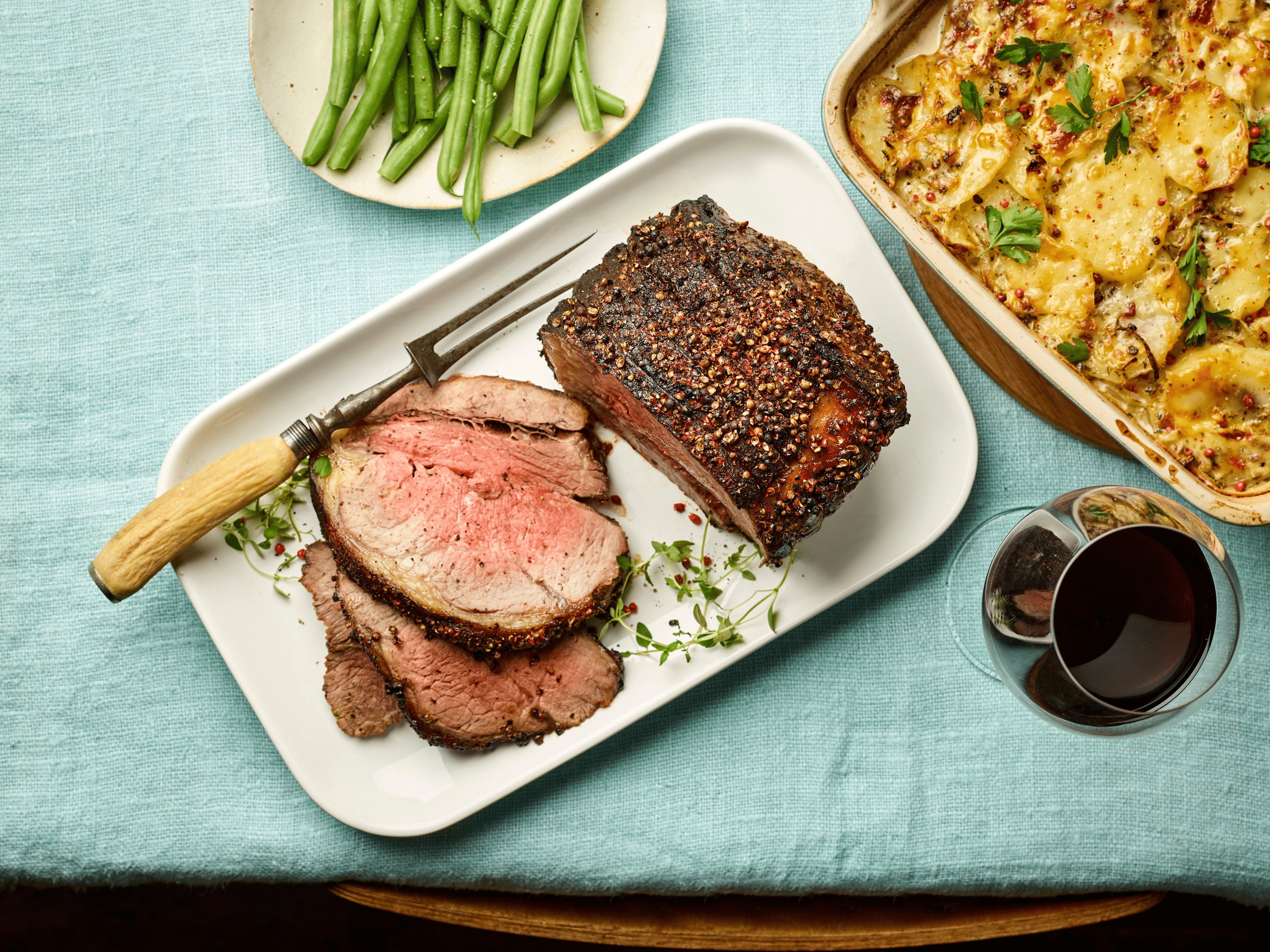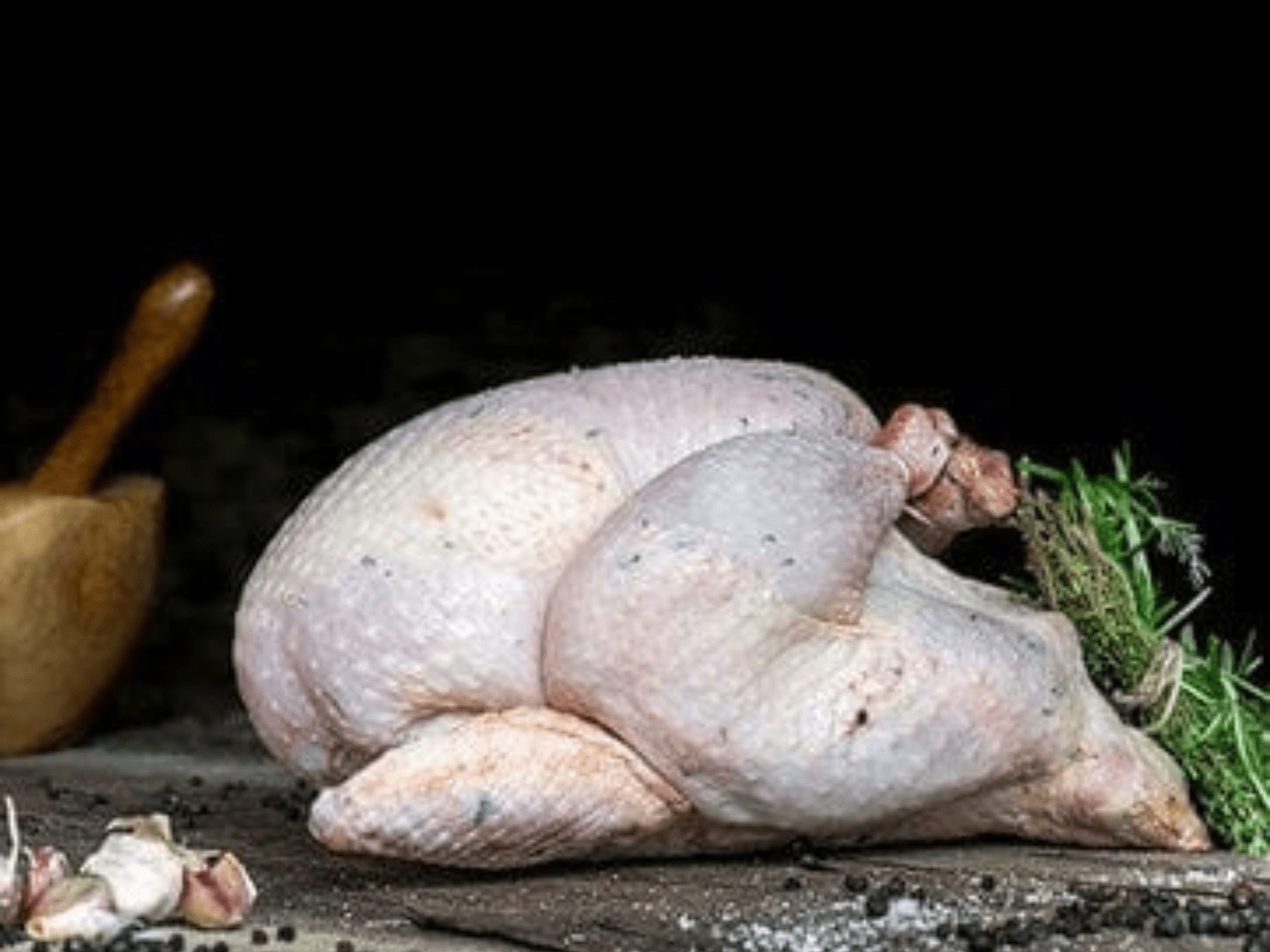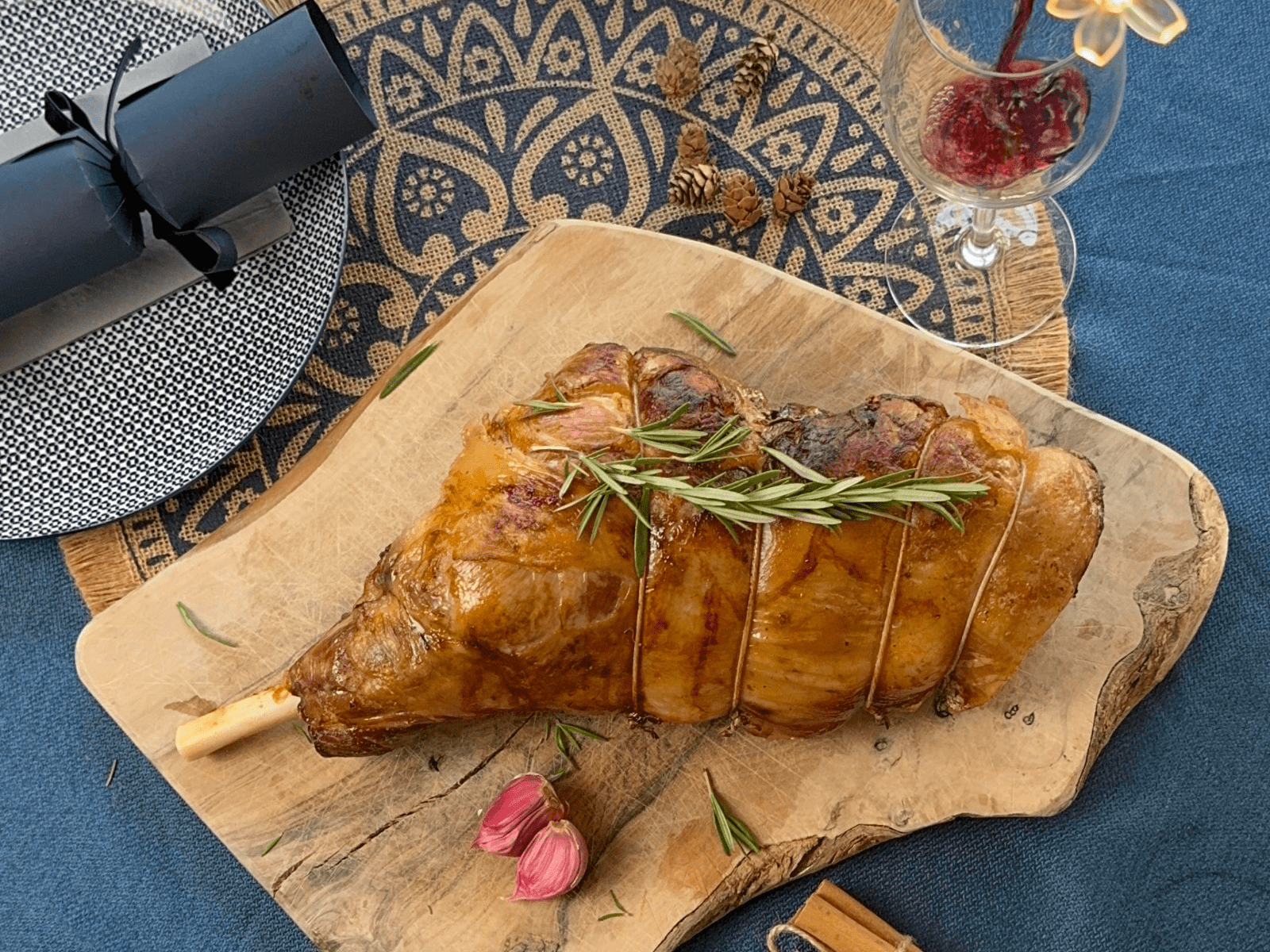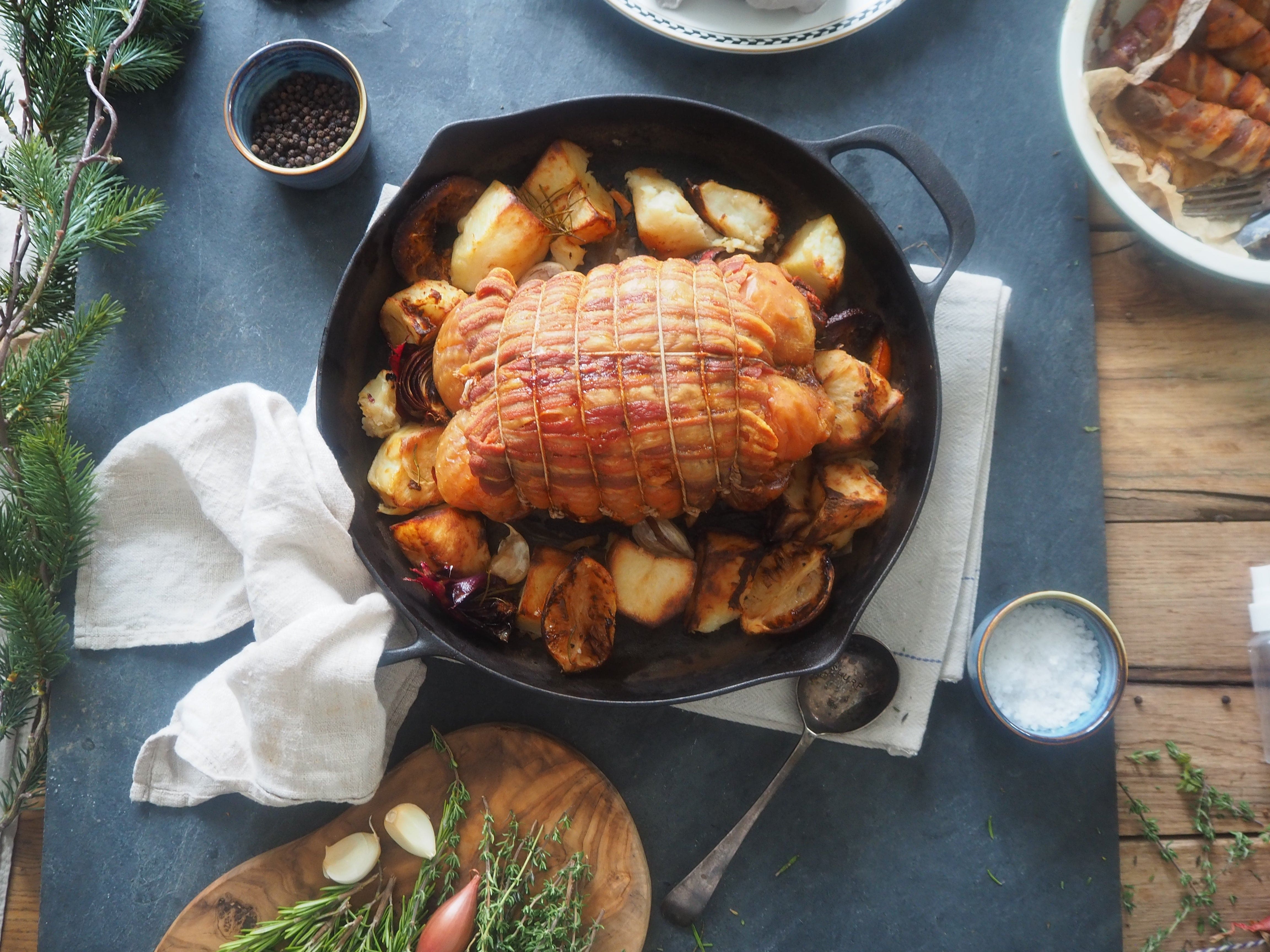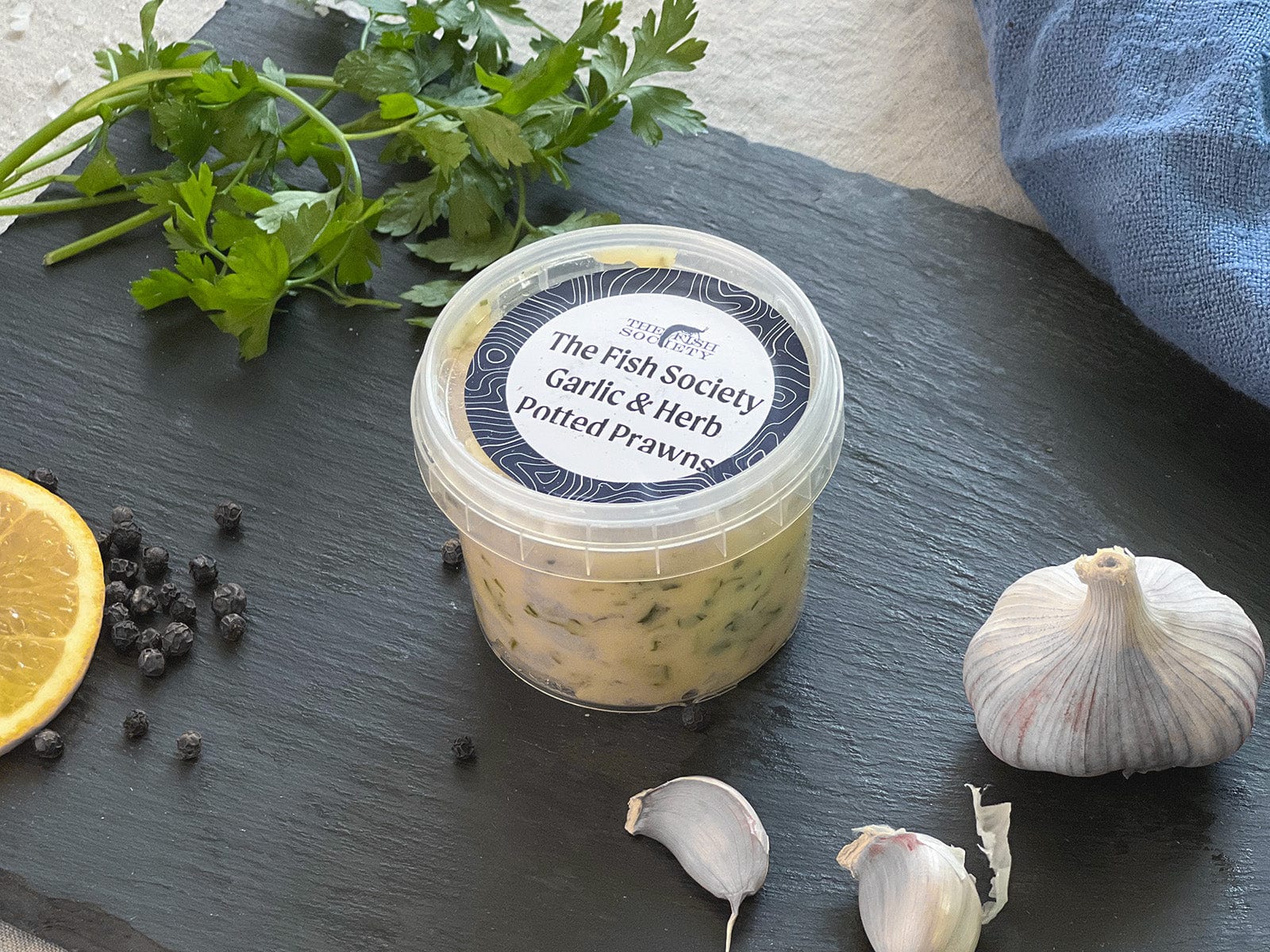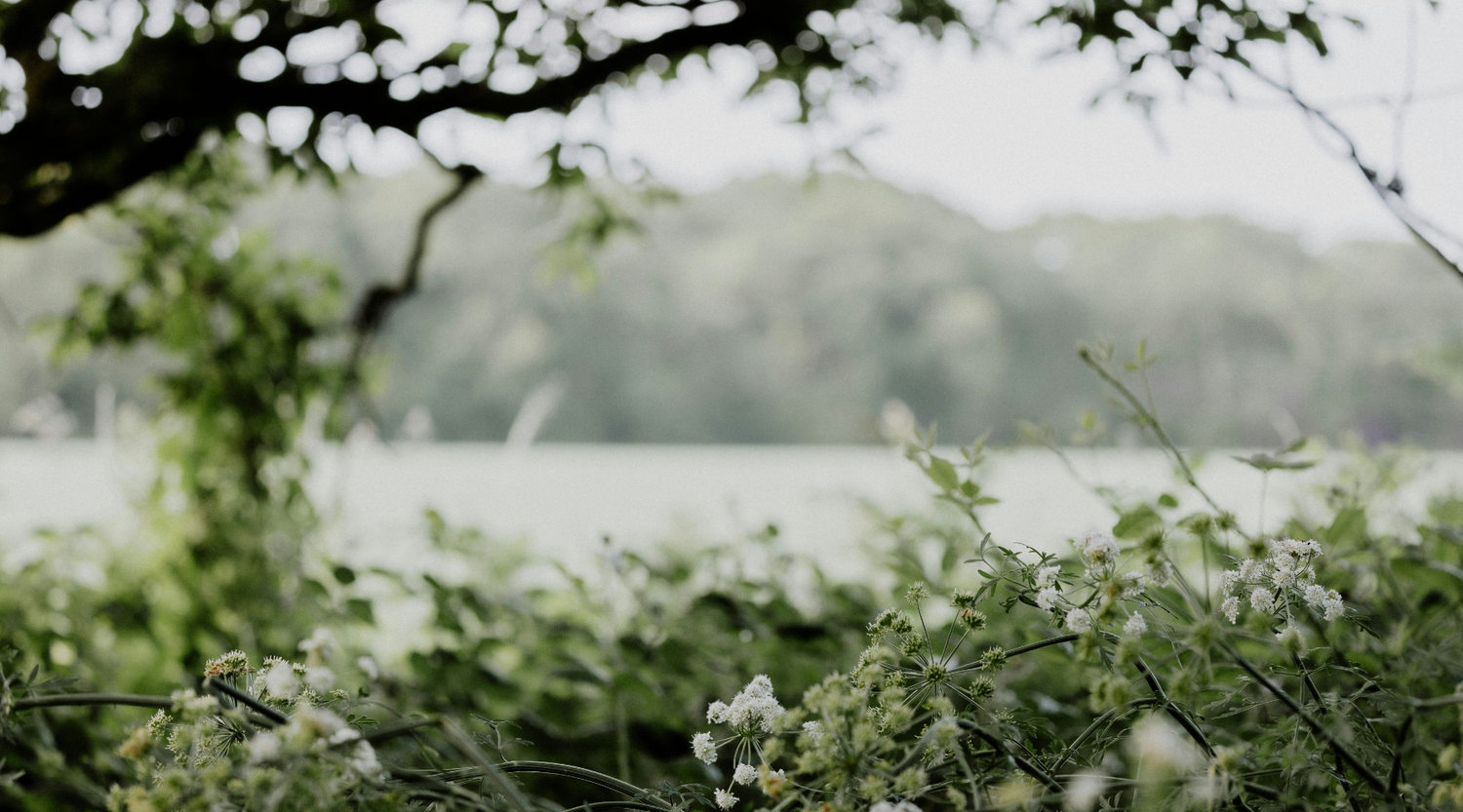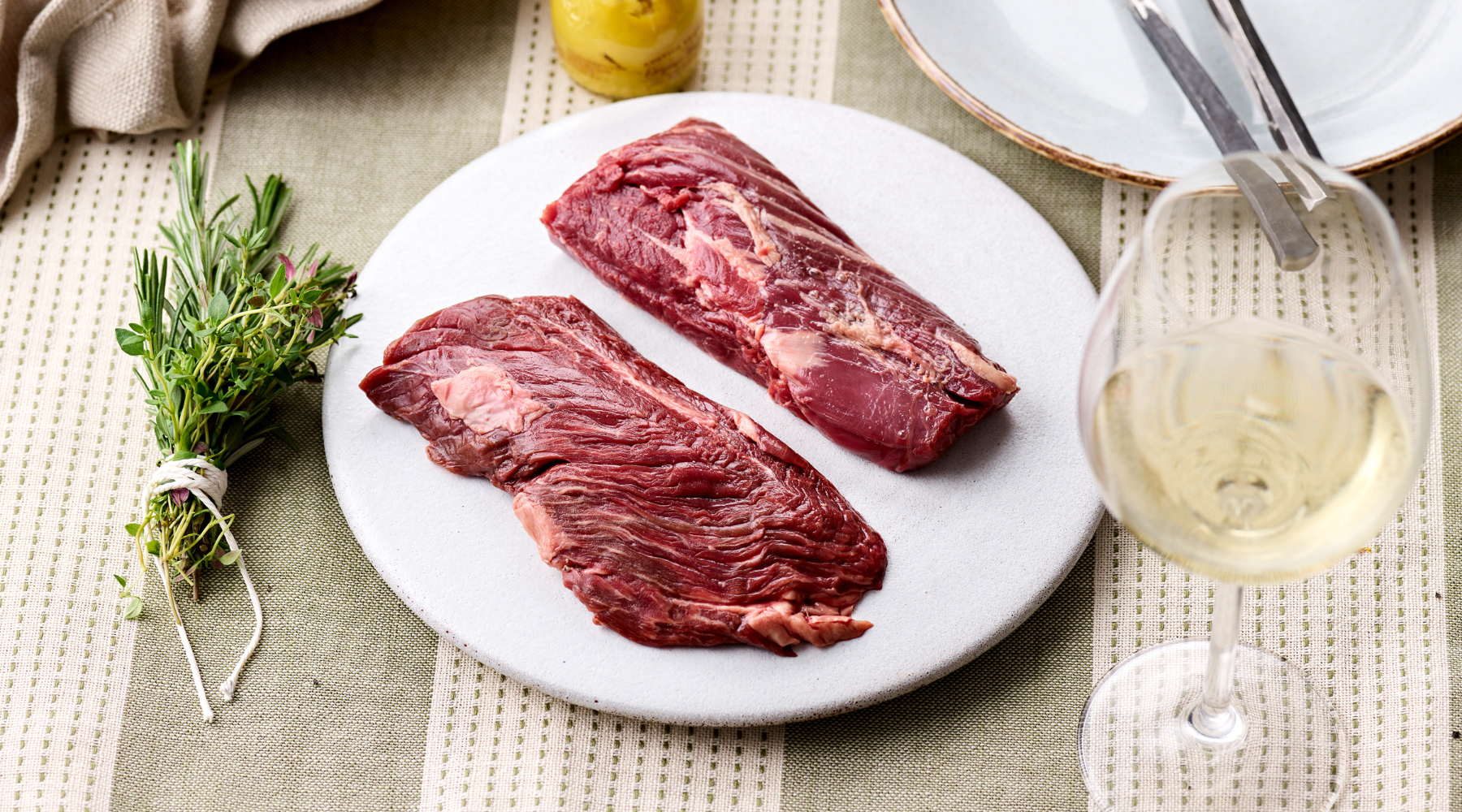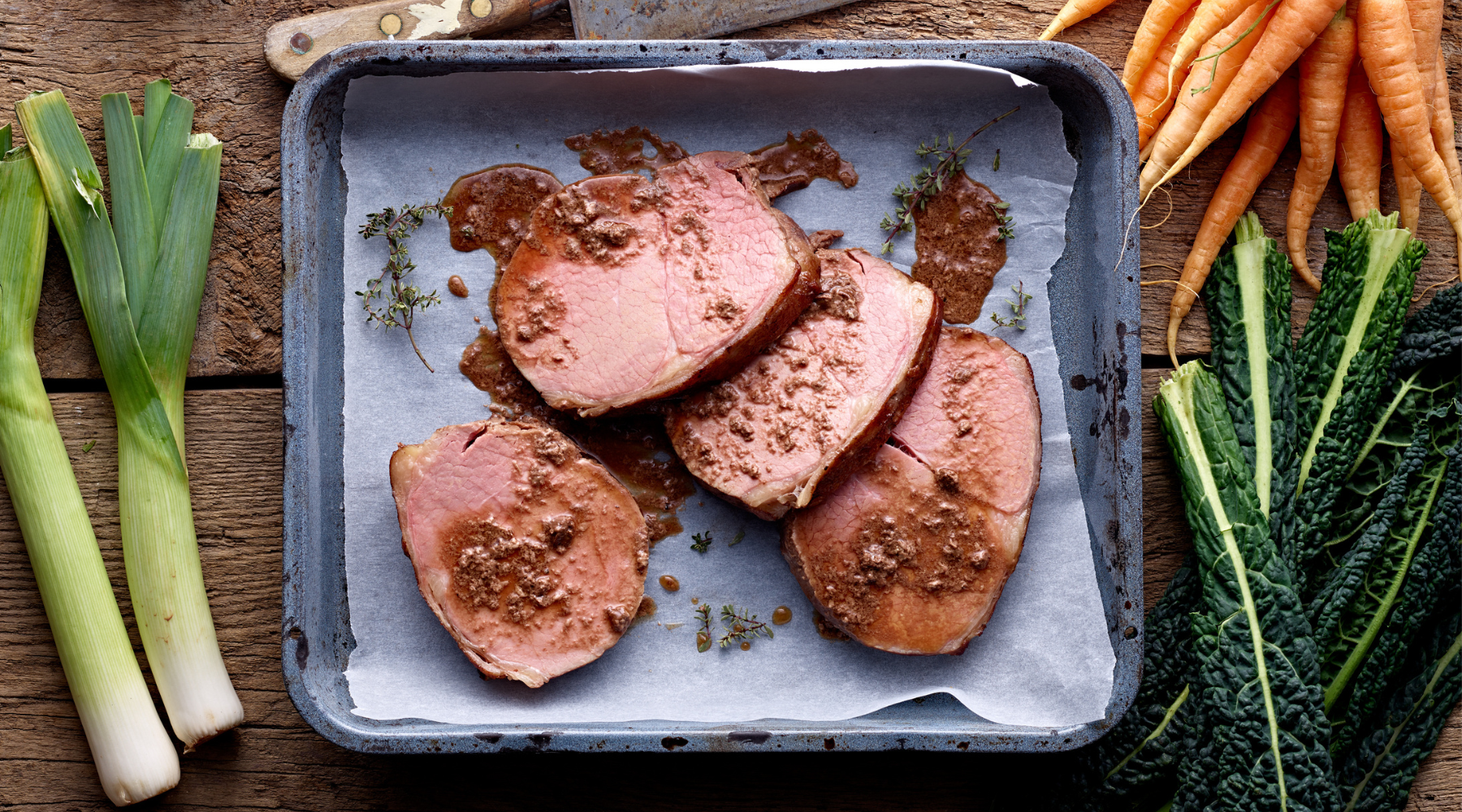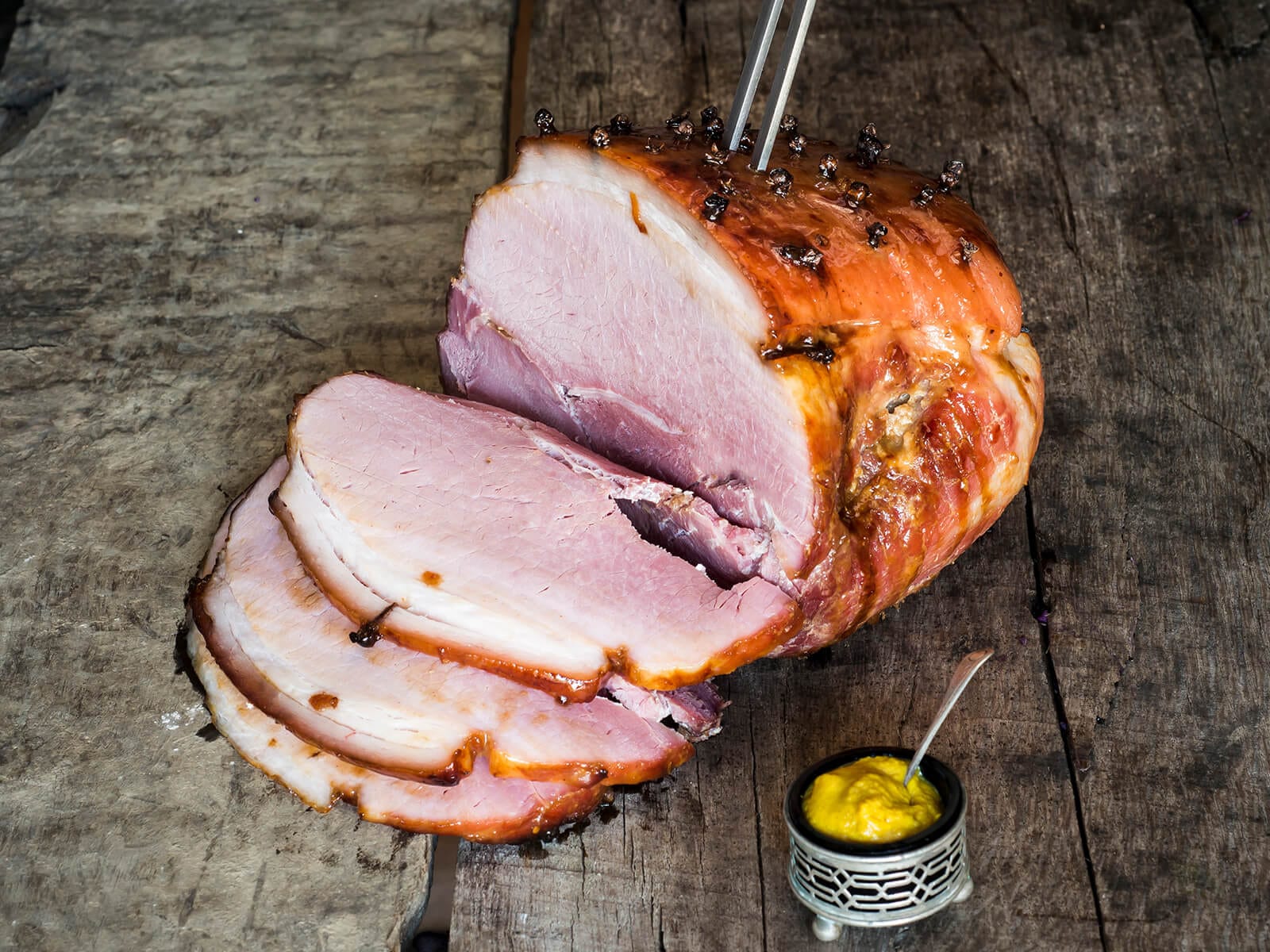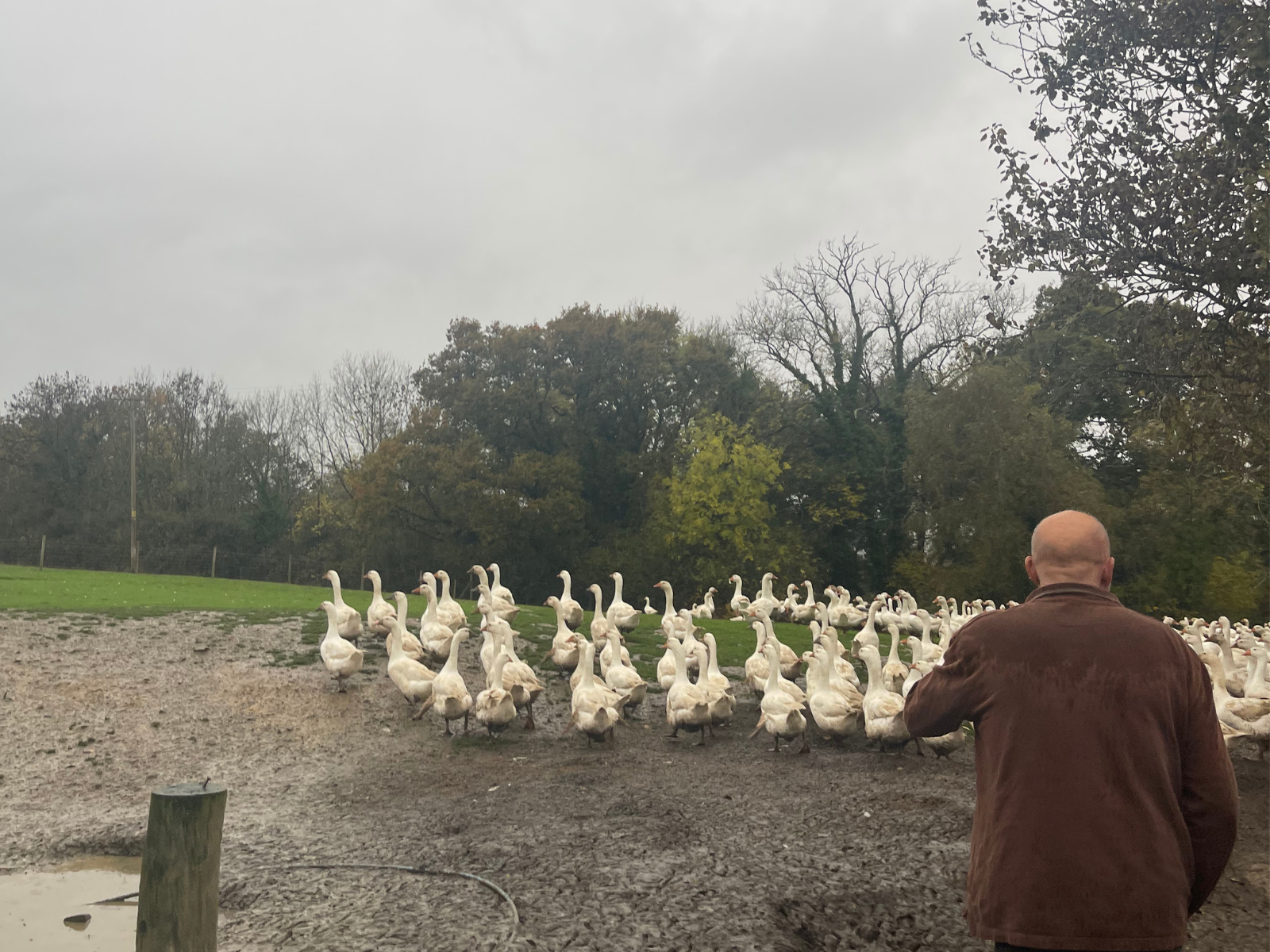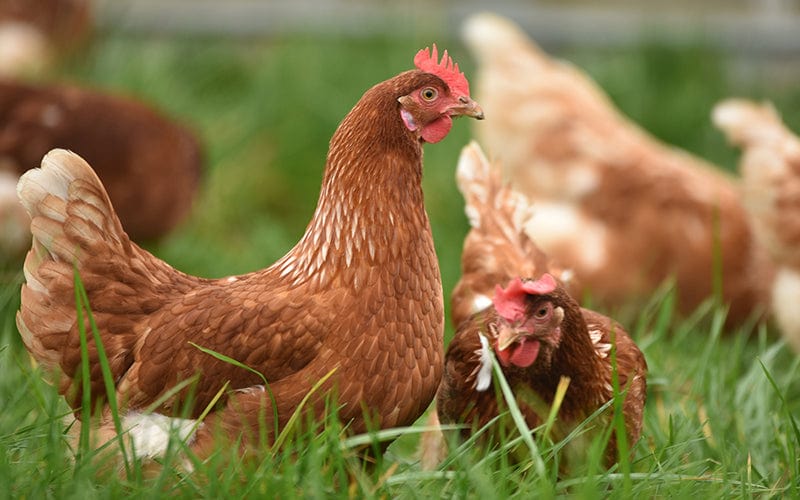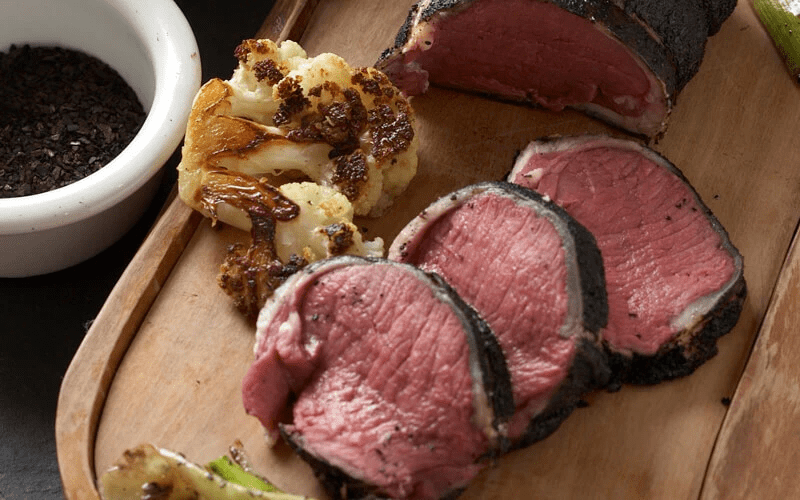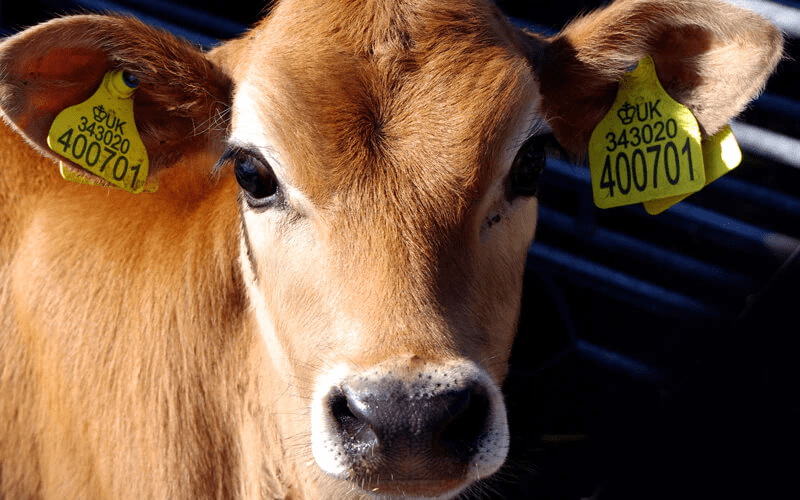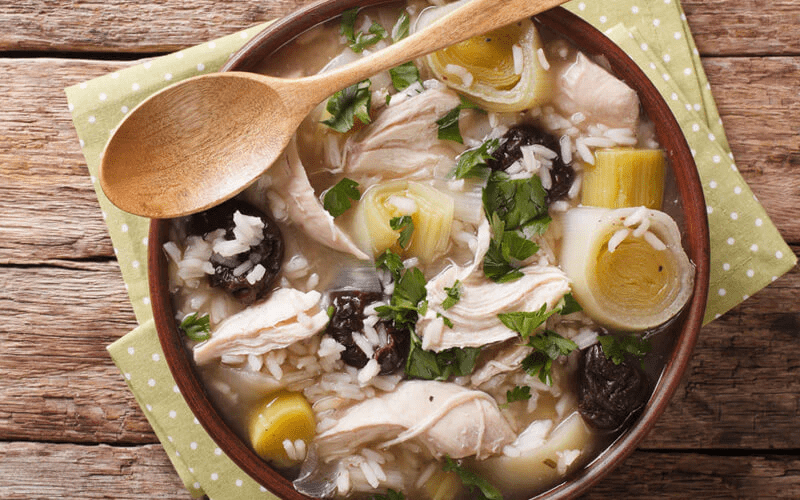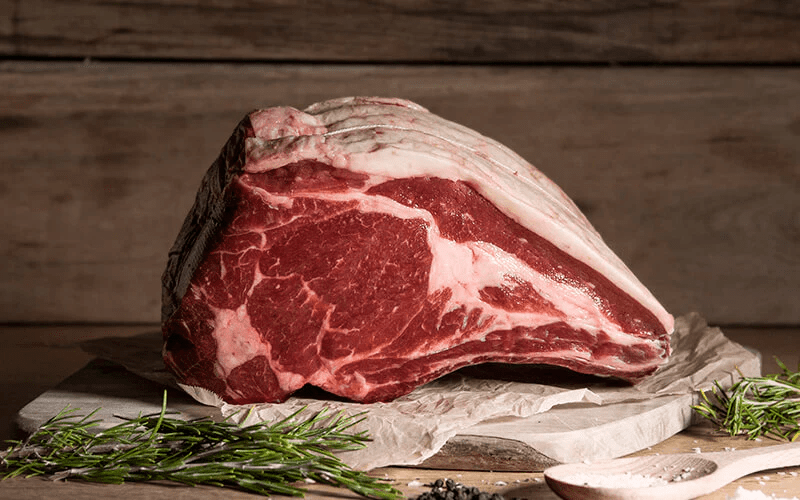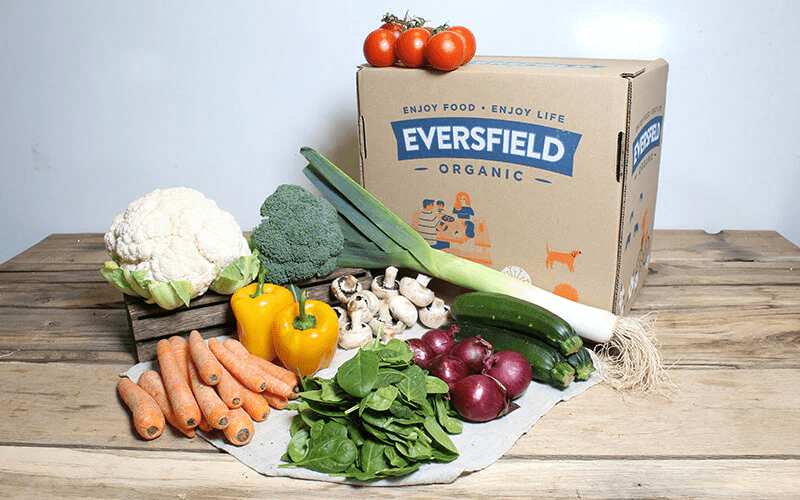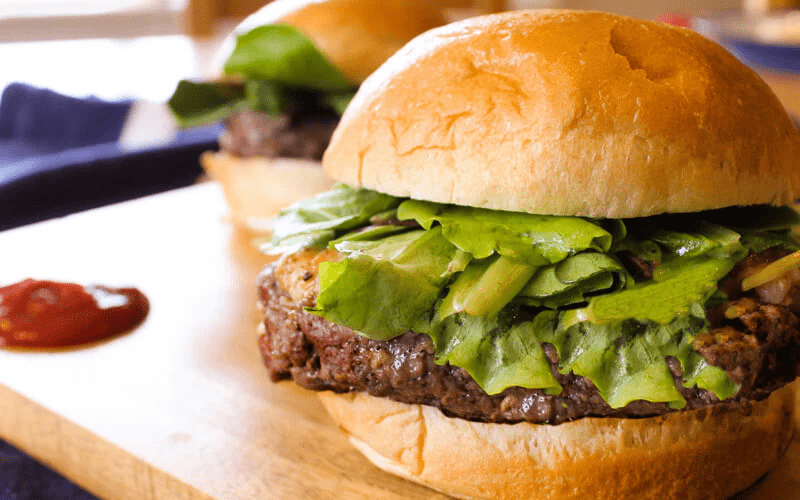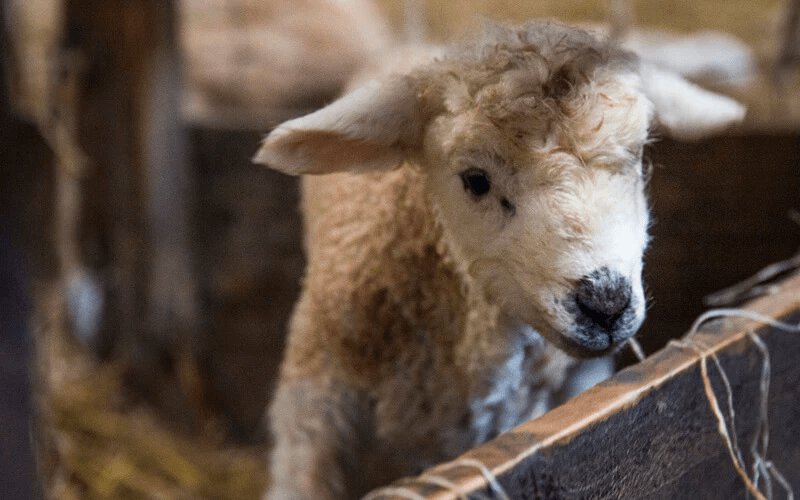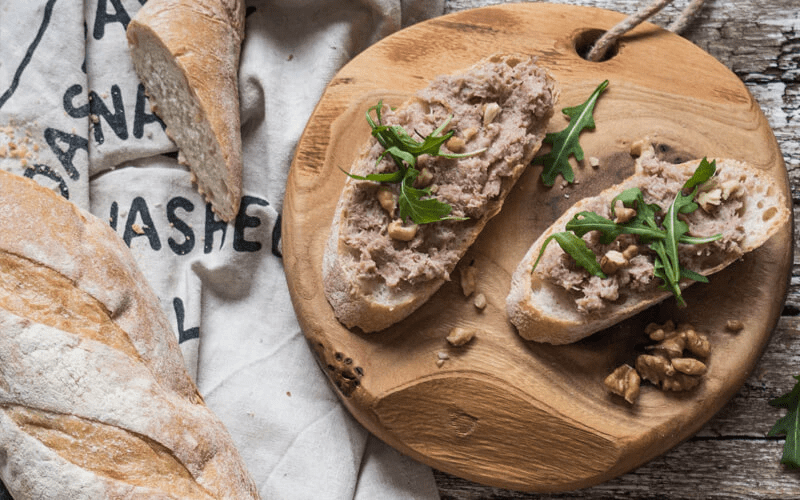Hedgerows: the green veins carrying life to our countryside
Exploring the vital role hedges play in promoting biodiversity and how organic farming can help

Soaring over the British countryside a patchwork of fields and hedgerows laid out like a quilt is revealed. But have you ever thought about the purpose of hedges? Beyond the neat privets demarcating suburban gardens or the wire-topped hazel preventing inquisitive cows from roaming, traditional hedges serve a vital yet underrated role in the fabric of the countryside.
We have been reading Christopher Hart’s new book Hedgelands, which is a joyous exploration of these underrated features of our countryside to find out more.
What we have discovered is that if the soil is the beating heart of an organic farm, then the hedgerows are the green veins — carrying life to the landscape, filling the air with birdsong, and providing a haven for plants, insects, and small mammals that coexist in harmony.
“The traditional British hedge is the greatest edge habitat on earth. It is a green food bank, a windbreak, a stock fence, a flood defence system, an immense storage unit for excess carbon dioxide and an incomparable haven for wildlife.” Hedgelands, Christopher Hart
Archaeological evidence shows dead hedges dating back 4,000 years in the UK, with a quarter of all hedges in Devon dating back to Norman times. However, today’s hedgerows are under threat. A DEFRA survey from the mid-2000s reported that less than a quarter of UK hedgerows were considered to be in a ‘favourable’ state, defined as having a diverse mix of tree species, robust structure, and the ability to support wildlife effectively. The decline of hedgerows has been driven by modern agricultural practices, urban expansion, and neglect, leading to gaps in their structure and a reduction in the biodiversity they can support.

Hedgerows are not just decorative boundaries; they play a crucial role in maintaining ecological balance. They act as wildlife corridors, allowing animals to move safely between habitats. Birds, bees, and butterflies rely on the blossoms and berries provided by hedgerows for food, while many small mammals use the dense vegetation for shelter and breeding grounds. Furthermore, hedgerows help to prevent soil erosion, reduce flooding by slowing water runoff, and improve air quality by capturing pollutants.
“Barbed wire, by displacing our traditional hedgerows, is far worse news for wildlife than is often realised. It provides no windbreak, prevents no soil erosion, stores no carbon dioxide, emits no clean oxygen, absorbs no surplus rainwater. It provides no wild food, berries, nuts, wild greens or herbs, hedgerow medicines or fodder for animals, and it offers no shelter or habitat to birds and mammals, beneficial pollinators and insect predators.” Hedgelands, Christopher Hart
In a race for cheaper, more efficient ways to manage farmed land, barbed wire fences proliferate, guarding neglected, damaged and sparse hedgerows. These poor relations to our diverse hedgerows may serve the basic function of keeping cattle in and trespassers out, but deprive the land of the myriad of biodiversity benefits that a native hedgerow affords.
Hedgerows play an important role in protecting farmland from the elements, offering a vital barrier from harsh winds and flooding that can decimate crops and damage grazing fields. They also work alongside nutrient rich soil capturing carbon dioxide in their roots that would otherwise be released into the atmosphere. It is thought that planting more hedgerows in the UK would be more effective than planting new trees in helping the UK reach its net zero target.

Alongside native wildlife, hedgerows and farmed animals and wild game have also evolved a mutually beneficial symbiosis. Scientists have found that the thiamine in cow and deer saliva stimulates regrowth in trees and bushes, particularly hawthorn. Hawthorn then grows back spikier, encouraging birds to nest in the safe haven of the thorns. Hedges can also supplement the diet of cattle and sheep with wildflowers like cow parsley and hogweed and wild food in the form of plump blackberries, dusky damsons, and sour crab apples.
“While we remain addicted to cheap food and the ongoing eco-disaster of intensive farming, our hedgerows offer at least some respite from the onslaught on our wildlife.” Hedgelands, Christopher Hart
Hedges nourish and protect soil. They provide the perfect home for ground beetles, which feed in spring on aphids and slug eggs, protecting crops from their damage. Hedgerows teeming with insect life encourage birds in a perfectly balanced food cycle. While we all know about the importance of bees to wildlife, lesser-known pollinators such as flies are equally important. Hoverflies “pollinate at least 72% of all food crops worldwide” and thrive in biodiverse hedgerows containing yarrow and hogweed, commonly considered weeds by fastidious gardeners.
“Modern farming has a great talent for maximising short-term crop yields at the cost of seriously compromising soil health.” Hedgelands, Christopher Hart
It has been found that the nutritional value of crops increases as insect life thrives. By dousing our countryside in pesticides, we are threatening all wildlife and our own health, especially as, according to the Soil Association, 94% of neonicotinoids sprayed on crops end up somewhere other than their intended target, be that rivers, streams, soil, and our hedgerows.

The hedgerows on our organic farms buzz with life, providing food, shelter, and breeding conditions to diverse insects. Where there is a thriving insect population, you will find healthy communities of native birds, small mammals, including endangered hedgehogs and harvest mice, and larger predators like badgers and foxes.
“These accidental nature reserves stitch our countryside together... But when the stitching starts to fray and fail, and the patchwork quilt starts to come apart... what will we have to keep us warm when winter comes?” Hedgelands, Christopher Hart
Industrial farming is working at odds with our environment: attempting to create straight lines out of our tangled, biodiverse countryside, decimating wildlife populations in a quest to subdue a single insect threat and draining the goodness from the soil in the march to monoculture production.
Luckily, the solution is written in the earliest histories of farming our wild spaces. To counter this threat, we need a return to regenerative farming practices and nurturing the land that we need to survive. Organic farmers are increasingly involved in hedgerow restoration projects, including planting new hedgerows, filling gaps in existing ones, and managing them in a way that promotes biodiversity.
You can help with these efforts by supporting your local, organic farmers. By choosing organic produce, you are not only opting for healthier food but also contributing to the preservation and restoration of vital hedgerows, ensuring a thriving environment for future generations.


Find out more about our hedgerows, by reading Hedgelands by Christopher Hart.
Explore our range of organic meat, dairy, wild fish and game, here.



